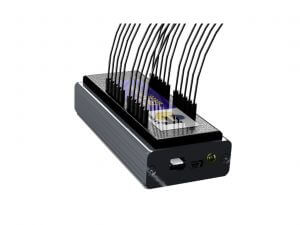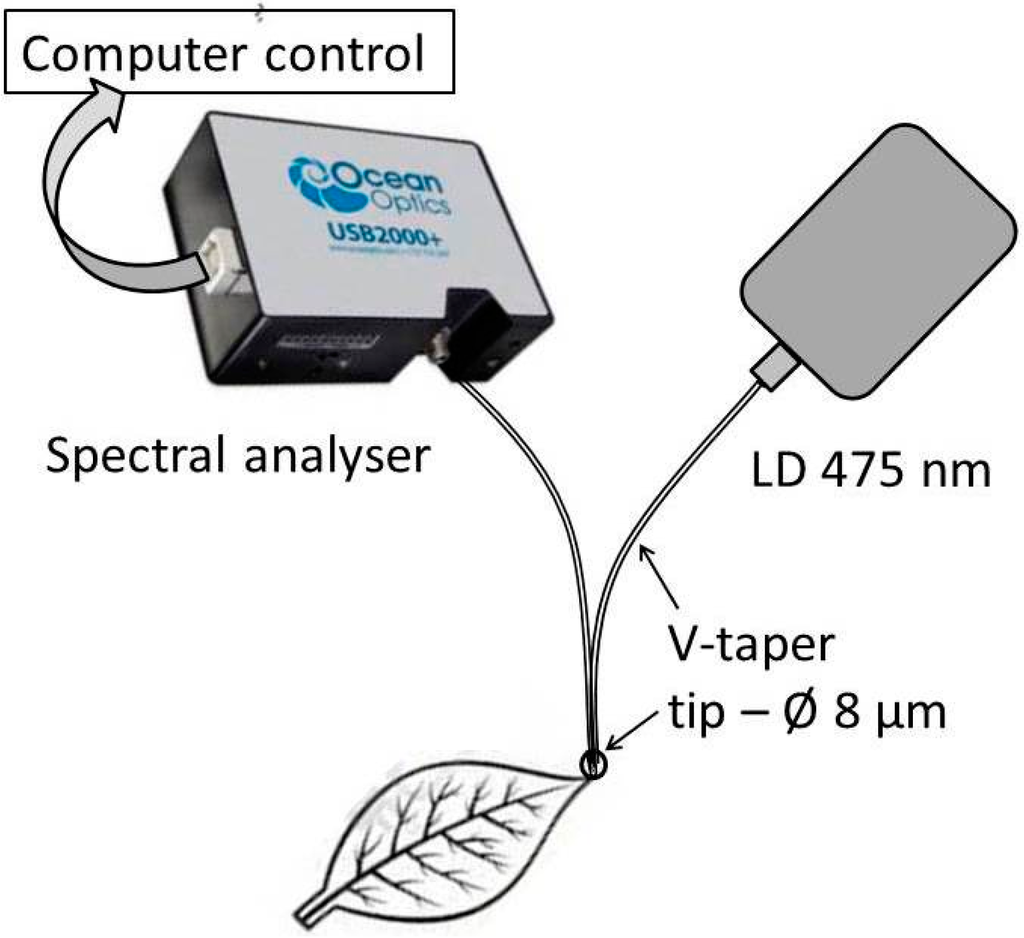The Role of an Optical Fibre Diameter Analyser in Quality Control
Maximize Your Fibre Optic Performance: Recognizing Optical Fibre Diameter Analyser Technology
The performance of fibre optic systems is critically influenced by the accuracy of their size, an element often overlooked in the quest of optimal signal integrity. Comprehending the innovation behind optical fibre diameter analysers reveals the complex balance between measurement precision and production top quality. These gadgets not just improve conformity with market requirements but likewise give real-time understandings that can preemptively attend to prospective issues. The ramifications of their usage expand past simple dimension; they can basically modify the landscape of fibre optic effectiveness. What factors should one think about to harness their complete possibility?
Relevance of Optical Fiber Diameter
The size of optical fiber plays an essential role in determining the efficiency and efficiency of interaction systems. It affects numerous crucial specifications, including the setting of light proliferation, attenuation, and bandwidth capacity. Larger sizes usually permit for numerous light modes, assisting in greater information transmission rates. Alternatively, smaller diameters tend to sustain less modes, which can enhance signal quality and reduce crosstalk.

Additionally, understanding the size's ramifications can bring about set you back savings by reducing the requirement for signal amplification and repeaters in comprehensive networks (optical fibre diameter analyser). Finally, the importance of optical fibre diameter can not be overstated, as it straight influences the overall effectiveness and dependability of modern-day interaction systems

Just How Diameter Impacts Signal Quality
Signal top quality in optical fibre systems pivots dramatically on the size of the fiber. The diameter affects numerous essential specifications, including depletion, data transfer, and modal diffusion. A smaller size can bring about greater attenuation rates, resulting in signal loss as light trips with the fibre. This attenuation can compromise the honesty of the transmitted data, bring about a decrease in signal quality, especially over cross countries.
Conversely, bigger sizes usually permit enhanced light capture and lowered modal dispersion, improving signal quality. In multimode fibres, a bigger core size can sustain multiple light settings, but it may likewise introduce intermodal diffusion, which can degrade signal quality. Selecting the optimal fiber diameter is essential for accomplishing the desired efficiency in particular applications.
Additionally, the interaction in between the fibre diameter and the wavelength of the light made use of plays a critical role in establishing the effective transmission distance and overall signal honesty. Thus, understanding exactly how fibre diameter influences signal high quality is crucial for network developers and engineers striving to optimize optical fiber systems for trusted, high-speed data transmission.
Introduction of Size Analyser Technology
In lots of optical fibre production procedures, precise dimension of fiber diameter is vital for ensuring consistent efficiency and top quality (optical fibre diameter analyser). Size analysers are innovative instruments developed to assess the physical measurements of optical fibres with high accuracy. They utilize sophisticated optical and laser technologies to measure the diameter, ovality, and concentricity of the fibre, hence providing vital data for top quality control
These analysers can run in-line during the manufacturing procedure or as component of off-line testing methods. In-line systems make it possible for real-time tracking, allowing manufacturers to change criteria promptly, thereby maintaining optimum production conditions. Off-line analysers, on the various other hand, provide thorough evaluations of batches, guaranteeing that any inconsistencies from defined resistances are recognized and attended to.
Diameter analysers dramatically add to the reduction of issues in optical fibers, enhancing overall item integrity. By continually gauging crucial parameters, these modern technologies assist in conformity with industry criteria and specifications. As the need for high-performance optical fibers remains to increase, the function of size analysers ends up being increasingly essential in accomplishing the wanted high quality and efficiency standards in fibre optic systems.
Secret Functions of Fibre Diameter Analysers
Although numerous designs of fibre size analysers exist, they frequently share a number of key features that enhance their functionality and reliability. One of the most significant functions is high-resolution measurement capacities, which guarantee specific size analyses, crucial for preserving quality control in fibre production. Furthermore, numerous analysers incorporate sophisticated optical sensing units designed to identify minute variants in fiber diameter, hence providing vital data for process optimization.
Another vital function is real-time monitoring, permitting operators to get prompt comments on fibre size throughout the manufacturing procedure (optical fibre diameter analyser). This capability helps with fast adjustments and reduces the possibility of issues. Several analysers additionally come equipped with straightforward interfaces, allowing operators to easily browse with setups and data outputs
Furthermore, robust information storage space and analysis capabilities are important for tracking historical performance fads and ensuring compliance with industry requirements. These attributes collectively add to the efficacy of fibre size analysers in maximizing fibre optic performance.
Ideal Practices for Fiber Optimization

First, normal calibration of optical fiber size analysers is necessary. This ensures precise dimensions and lessens possible discrepancies that might impact performance. Next, keeping a tidy workplace is essential; dust and contaminants can bring about signal degradation.
In addition, it is very important to choose fibres that fulfill certain application needs. This involves assessing factors such as depletion, transmission capacity, and ecological conditions. Proper setup methods need to likewise be followed, including avoiding sharp bends and too much tension, which can compromise fibre stability.
Additionally, utilizing innovative surveillance systems can assist in real-time performance analyses, making it possible for punctual identification of concerns. Regular screening and upkeep must be performed to guarantee that fibres stay within ideal operational criteria.
Lastly, training personnel on the most current fiber optimization innovations and methods will enhance their capability to implement reliable strategies. By adhering to these best practices, companies can considerably boost the efficiency and life-span of their optical fiber systems, making sure efficient communication and information transfer.
Conclusion
In conclusion, the assimilation of optical site web fiber diameter analyser technology is critical for making best use of fiber optic efficiency. By making certain exact measurements of fiber measurements, these analysers significantly boost signal top quality and decrease losses during information transmission.
Signal top quality in optical fibre systems pivots substantially on the size of the fibre.In many optical fibre production processes, accurate dimension of fibre diameter is crucial for ensuring consistent performance and top navigate here quality. As the need for high-performance optical fibres proceeds to increase, the function of diameter analysers becomes progressively essential in accomplishing the wanted quality and efficiency requirements in fibre optic systems.
These features jointly add to the efficacy of fibre diameter analysers in enhancing fiber optic efficiency.
In verdict, the integration of optical fibre size analyser technology is essential for making the most of fibre optic performance.